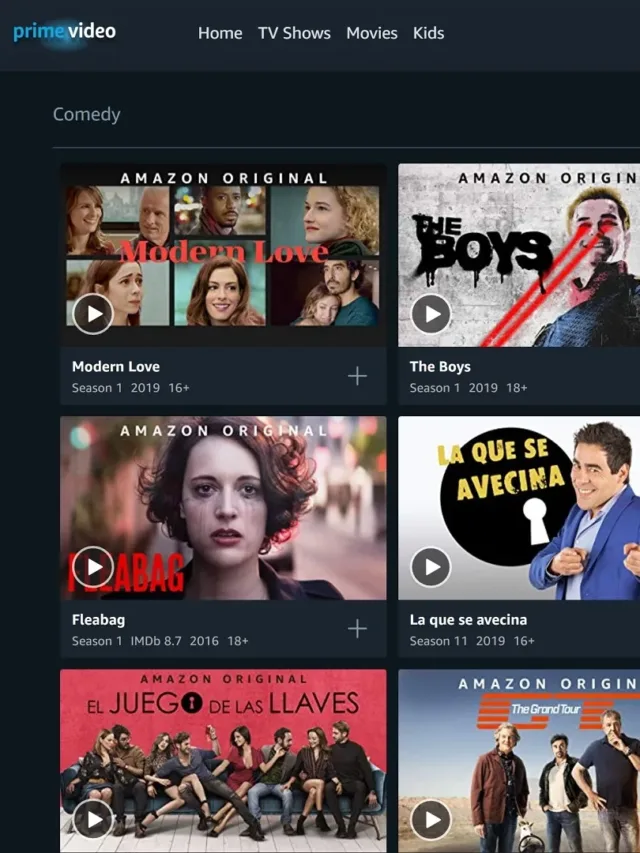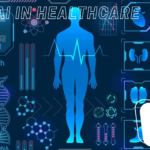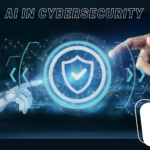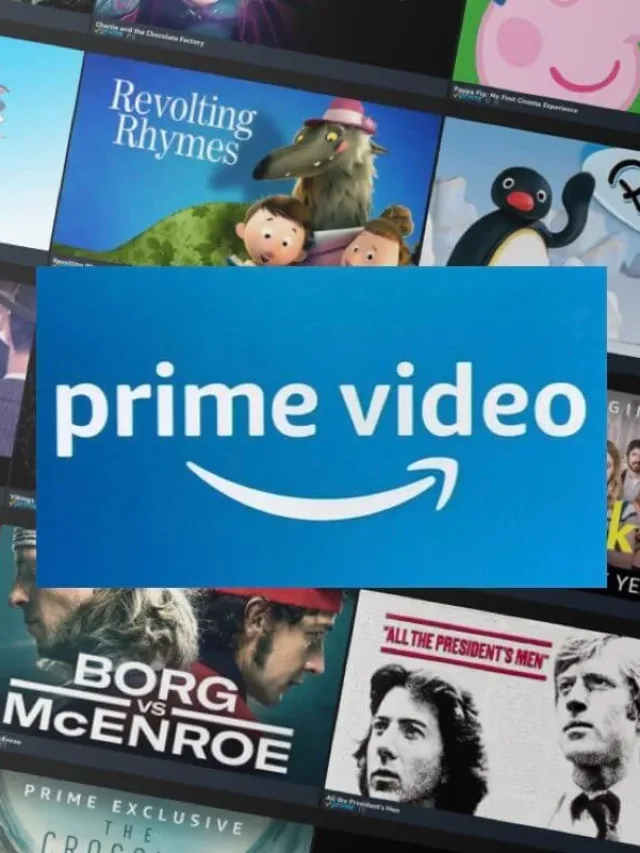Internet Usage Penetration in the United States: Unraveling City-Wise Internet Consumption, Future Trends, and Fields of Internet Uses
Table of Contents
Introduction:
Internet Usage Penetration in the United States: The advent of the internet has revolutionized the way people interact, access information, and conduct business. In the United States, the Internet has become an integral part of daily life, with widespread connectivity across the nation. In this blog, we will delve into internet usage penetration in the United States, examining city-wise internet consumption data in comparison to population figures. Furthermore, we will explore future trends and the diverse fields where the internet is transforming industries and shaping the way people live and work.
1. Internet Usage Penetration in the United States:
The United States boasts one of the highest internet usage penetration rates globally. According to recent data, approximately 89.4% of the U.S. population has access to the internet. The widespread availability of broadband connections, advancements in mobile technology, and government initiatives to improve connectivity have contributed to this high penetration rate.
2. City-Wise Internet Consumption:
When examining city-wise internet consumption, certain metropolitan areas stand out as technology hubs. Cities like San Francisco, Seattle, New York City, and Austin have high internet adoption rates, driven by a strong tech culture and a thriving entrepreneurial spirit. These cities are home to major tech companies, startups, and innovative research institutions, fostering an environment that encourages internet adoption and digital innovation.

3. Internet Consumption Data in Comparison to Population:
Despite the high overall internet penetration rate, disparities still exist when comparing internet usage to population figures in specific regions. Rural areas and economically disadvantaged communities often face challenges in accessing high-speed internet due to infrastructure limitations and affordability issues. Bridging this digital divide remains a critical concern for policymakers and organizations striving for equal digital opportunities for all citizens.
4. Future Trends:
Looking ahead, the future of internet usage in the United States is promising and dynamic. Several trends are likely to shape the landscape of internet consumption:
a. 5G Revolution:
The deployment of 5G networks will revolutionize internet connectivity, offering faster speeds and lower latency. This advancement will drive the proliferation of Internet of Things (IoT) devices and further enable innovations in areas like smart cities, autonomous vehicles, and telemedicine.
b. Artificial Intelligence (AI) Integration:
AI will be increasingly integrated into various online services and applications, providing personalized experiences and enhanced efficiency. From virtual assistants to predictive algorithms, AI will transform how individuals interact with the internet.
c. E-Commerce Boom:
The rise of e-commerce will continue, reshaping traditional retail and consumer behavior. With more consumers embracing online shopping, businesses will focus on optimizing their digital presence and customer experience.
d. Remote Work and Education:
The COVID-19 pandemic accelerated the adoption of remote work and online education. Even as the pandemic recedes, remote work and virtual learning are likely to remain significant aspects of modern work and education models.
5. Fields of Internet Use:
The internet’s influence extends far beyond communication and entertainment. Various industries have embraced digital transformation to streamline operations and enhance customer experiences:
a. Healthcare:
Telemedicine has surged in popularity, enabling remote consultations and increasing access to healthcare services.
b. Finance:
Online banking, digital payment systems, and cryptocurrency have reshaped the financial sector, offering convenience and security to consumers.
c. E-Government Services:
Government agencies now offer a range of online services, from tax filing to applying for permits, simplifying bureaucratic processes.
d. Entertainment and Media:
Streaming platforms and online content consumption have disrupted traditional media, providing on-demand entertainment.

6. Ensuring Digital Inclusivity: Addressing the Digital Divide
While the United States boasts a high overall internet usage penetration rate, it is essential to address the digital divide to ensure that all citizens can fully benefit from the opportunities presented by the internet. The digital divide refers to the gap between those who have access to high-speed internet and technology and those who do not. Several factors contribute to this divide, including geographic location, income levels, and educational opportunities.
To bridge this gap, policymakers and organizations are implementing initiatives to enhance broadband infrastructure in rural and underserved areas. Government grants and subsidies are being directed toward expanding internet access, particularly in remote regions. Additionally, efforts to improve digital literacy and provide affordable Internet options are essential to empowering individuals from all backgrounds to leverage the Internet for personal and professional growth.

7. Cybersecurity and Privacy Concerns: Safeguarding Online Spaces
As internet usage continues to expand, cybersecurity and privacy concerns become increasingly pertinent. The interconnected nature of the internet exposes individuals and organizations to cyber threats, including data breaches, ransomware attacks, and identity theft. Ensuring robust cybersecurity measures and promoting digital hygiene are crucial in safeguarding online spaces.
Moreover, protecting user privacy is paramount in an era where data is a valuable commodity. Striking a balance between data collection for personalized services and preserving user privacy is an ongoing challenge. Strict regulations, such as the General Data Protection Regulation (GDPR) in Europe, serve as models for the United States to establish comprehensive data protection laws that safeguard users’ rights and foster trust in the digital realm.
8. Internet Governance and Net Neutrality: Upholding a Free and Open Internet
The concept of net neutrality is central to Internet governance. Net neutrality ensures that internet service providers treat all data equally, without discriminating based on content, website, or platform. Upholding net neutrality principles is crucial in preserving a free and open internet, where information flows freely, promoting innovation and fair competition.
Policy decisions regarding net neutrality are subject to ongoing debate, with implications for internet users, businesses, and content providers. Balancing the interests of all stakeholders while preserving the core tenets of a neutral Internet remains a complex and contentious issue in Internet governance.
9. Nurturing Digital Literacy: Preparing for the Digital Age
As the internet continues to influence every aspect of modern life, nurturing digital literacy becomes imperative. Digital literacy encompasses the ability to access, evaluate, and utilize information effectively and responsibly in the digital landscape. By providing educational opportunities that focus on digital literacy, individuals can navigate the internet safely, critically analyze information, and harness its full potential for personal and professional development.
10. Internet of Things (IoT): Revolutionizing Connectivity
The rise of the Internet of Things (IoT) is transforming the way we interact with the Internet and the world around us. IoT refers to the network of interconnected devices, sensors, and objects that can communicate with each other and exchange data through the Internet. From smart homes with connected appliances to industrial applications such as smart factories, the IoT is revolutionizing connectivity and enhancing efficiency in various sectors.
In the United States, IoT adoption is gaining momentum in areas like home automation, healthcare, transportation, and agriculture. Smart city initiatives are harnessing IoT technology to optimize urban infrastructure, improve traffic flow, and enhance public services. As the IoT ecosystem expands, it offers unprecedented opportunities for data-driven insights and innovative solutions, shaping a more connected and efficient society.
11. E-Government and Citizen Engagement: Enhancing Public Services
The internet has revolutionized how governments interact with citizens, streamlining administrative processes and enhancing public services. E-Government services enable citizens to access essential services online, from applying for permits and licenses to filing taxes and voting electronically. The digitization of government services not only improves convenience for citizens but also promotes transparency and accountability in governance.
Moreover, the internet has transformed citizen engagement, allowing individuals to voice their opinions and participate in policy discussions through social media and online platforms. Governments can leverage real-time feedback and data analytics to make informed decisions and better serve their constituents.

12. Education and Online Learning: Unlocking Knowledge
The internet has reshaped the education landscape, enabling access to a vast repository of knowledge and resources. Online learning platforms and educational websites offer flexible learning opportunities for students of all ages, regardless of geographical location. E-learning has become an integral part of formal education and professional development, empowering individuals to acquire new skills and pursue lifelong learning.
During the COVID-19 pandemic, the internet played a crucial role in enabling remote education and bridging the gap between educators and learners. Virtual classrooms, video conferencing, and digital collaboration tools became essential components of the modern educational experience, propelling the adoption of blended learning models even after the pandemic subsided.
13. Entertainment and Media: Redefining Content Consumption
The internet has revolutionized the entertainment and media industries, reshaping how content is produced, distributed, and consumed. Streaming platforms have disrupted traditional television and cinema, offering on-demand content accessible from any device with an internet connection. This shift in content consumption has empowered consumers, who can now choose what, when, and how they watch their favorite shows and movies.
Social media platforms have also transformed the way information and entertainment are disseminated, enabling content creators to reach vast audiences and engage with their followers directly. User-generated content has become a driving force in shaping trends and cultural discourse, making the internet a dynamic and diverse platform for expression and creativity.
14. Healthcare Transformation: Telemedicine and Remote Care
The Internet’s impact on the healthcare industry has been profound, especially in the realm of telemedicine and remote care. Telemedicine allows patients to consult with healthcare professionals remotely, leveraging video conferencing and digital platforms. This technology has become particularly valuable in providing medical consultations to individuals in remote areas or those with mobility limitations.
During the COVID-19 pandemic, telemedicine experienced a surge in adoption as healthcare providers sought to reduce in-person visits and prioritize patient safety. Telehealth services offered an essential lifeline for patients seeking medical advice and treatment while minimizing exposure to the virus.
Looking ahead, the integration of IoT devices and wearables into healthcare will enable continuous monitoring of patient’s health parameters. This data-driven approach allows for early detection of health issues, leading to proactive and personalized medical interventions.
15. E-Commerce and Retail Transformation
The internet has redefined the retail landscape, propelling the growth of e-commerce and revolutionizing the way consumers shop. E-commerce platforms offer a vast array of products and services, accessible from the comfort of one’s home. Online shopping has transformed the retail experience, providing convenience, choice, and competitive pricing.
Furthermore, the Internet has facilitated the rise of direct-to-consumer (D2C) businesses, enabling brands to reach customers directly and cutting out traditional intermediaries. This shift in the retail paradigm empowers companies to build closer relationships with their customers, tailor their offerings to specific segments, and receive direct feedback.
Social media platforms have become powerful marketing channels for e-commerce businesses, enabling targeted advertising and influencer marketing. The seamless integration of social commerce has further streamlined the path to purchase, making online shopping a dynamic and interactive experience.
16. Sustainability and Green Initiatives
The internet’s potential to drive sustainable practices and environmental awareness is a growing area of focus. Digital solutions, such as smart grids and energy management systems, enable more efficient use of resources and reduce carbon footprints. IoT devices in smart homes can optimize energy consumption, conserving electricity and water resources.
Moreover, the Internet facilitates information dissemination on environmental issues and encourages collective action. Online campaigns, petitions, and social media initiatives raise awareness about climate change and promote sustainable practices.

17. Challenges and Considerations
As the internet’s role in society expands, several challenges require careful consideration. Digital literacy remains a crucial aspect, as misinformation and fake news proliferate on the internet. Equipping individuals with critical thinking skills and the ability to discern credible sources is essential in combating the spread of misinformation.
Online safety and cybersecurity are paramount concerns, especially with the rise in cyber threats and data breaches. Individuals, businesses, and government agencies must prioritize cybersecurity measures and promote safe online practices to protect against potential risks.
Additionally, ensuring fair competition and preventing monopolistic practices in the digital landscape is an ongoing challenge. Policymakers and regulatory bodies play a critical role in fostering a competitive and equitable digital environment.
Conclusion: Embracing the Ever-Evolving Internet Landscape
The internet’s pervasive influence in the United States continues to shape the nation’s social, economic, and technological landscape. From healthcare to e-commerce, education to entertainment, the internet has revolutionized how people interact, learn, work, and conduct businesses.
As the internet’s potential grows, addressing challenges related to digital inclusivity, cybersecurity, and misinformation becomes crucial. Policymakers, educators, businesses, and citizens must collaborate to ensure that the internet remains a force for positive change, innovation, and societal progress.
Embracing the ever-evolving internet landscape and harnessing its transformative power will pave the way for a dynamic and interconnected future for the United States, where individuals and communities can thrive in a digital age of endless possibilities. By responsibly leveraging the internet’s potential, the nation can steer towards a brighter and more inclusive future, where technology continues to empower and enrich lives across the country.
- Arsenal team formation 2023: A Comprehensive Overview 2023
- Greece’s Epic Fight Against Devastating Wildfires
- NASA Shares First Images of US Pollution
- AIRCRAFT CRASHES IN AUSTRALIA’S NORTHERN TERRITORY DURING US MILITARY TRAINING EXERCISE
- Further Insights into the Top 20 US Cities with Highest Internet Usage


































